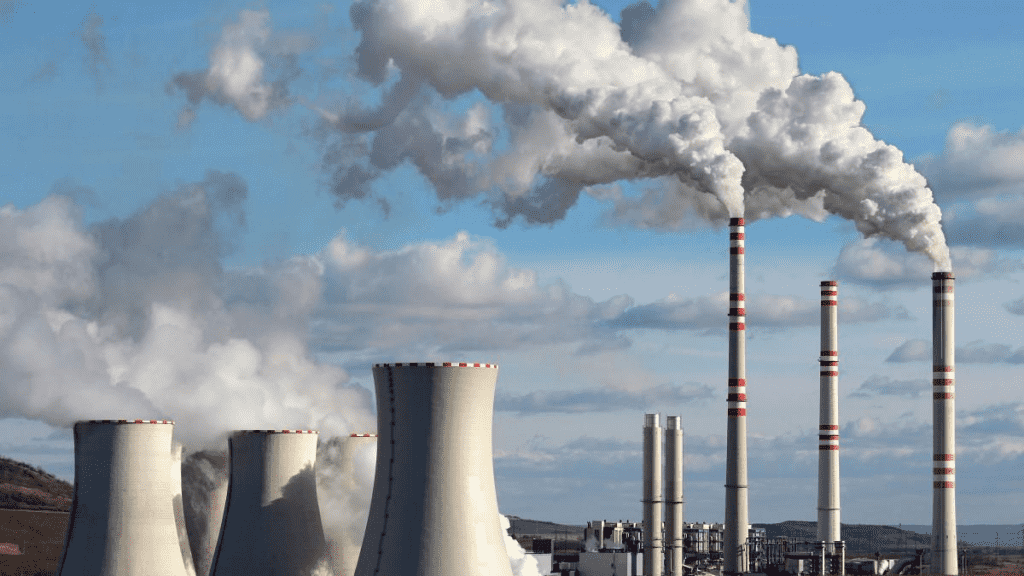Researchers from Tokyo Metropolitan University have come up with a new compound that claims to remove carbon dioxide from ambient air with 99 percent efficiency and at least twice as fast as existing systems.
Direct air capture (DAC) technologies usually remove carbon dioxide by piping air or exhaust through some kind of filter or catalyst. Others bubble the air through a liquid, which can either absorb the CO2 or cause it to separate out into solid crystals or flakes.

The new compound is from the liquid-solid phase separation systems. The Tokyo Metro team discovered one isophorone diamine (IPDA), which was particularly effective at capturing carbon dioxide.
In tests, the team found that IPDA was able to remove more than 99 percent of CO2 from air with a concentration of 400 parts per million (ppm) – about the level currently in the atmosphere. This process also happened much faster than other carbon capture techniques, removing 201 millimoles of CO2 per hour, per mole of the compound. That’s at least twice as fast as other DAC lab systems, and far faster than the leading artificial leaf device.
If need be, it can be converted back into gaseous CO2 by heating it to 60 °C (140 °F), which also releases the original liquid IPDA ready for reuse.

Humanity releases about 30 billion tons of carbon dioxide into the atmosphere annually, and the world’s largest direct air capture plant currently removes about 4,000 tons a year. Still, a lot is left to process.
However, efforts are being made in this direction. The US Department of Energy has recently announced US$3.5 billion in funding for DAC hubs.
The researchers on the new study are now working on improving the system and scaling it.
The research was published in the journal ACS Environmental Au.


